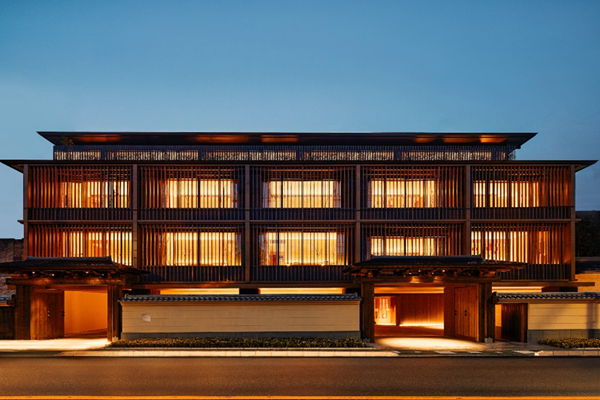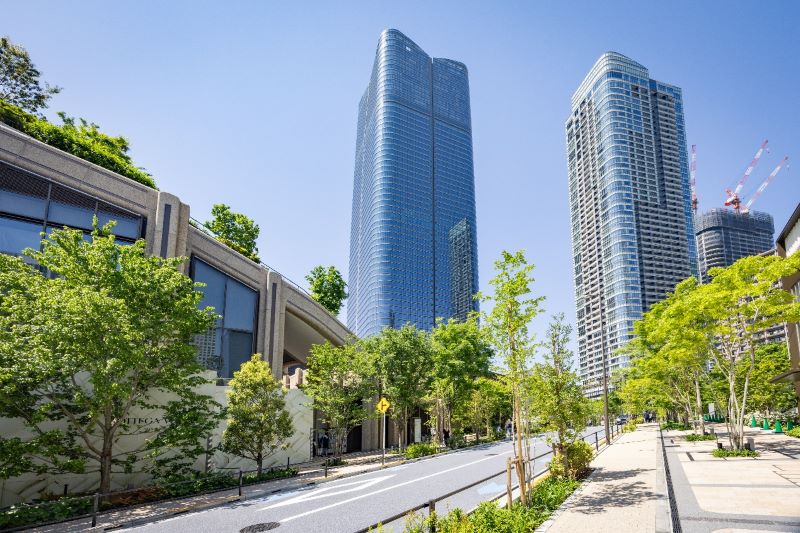
Project Name: Azabudai Hills
City: Tokyo
Rating System: LEED ND v4 plan
Certification Date: March 09, 2021
Certification level: Platinum
Interviewee: Mariko Murata, Mori Building Co.,Ltd
Interviewer: Junko Miyamoto, Green Building Japan
We interviewed Ms. Mariko Murata from Mori Building about the LEED certified project of Azabudai Hills, which opened last November.
Photo of Ms. Mariko Murata
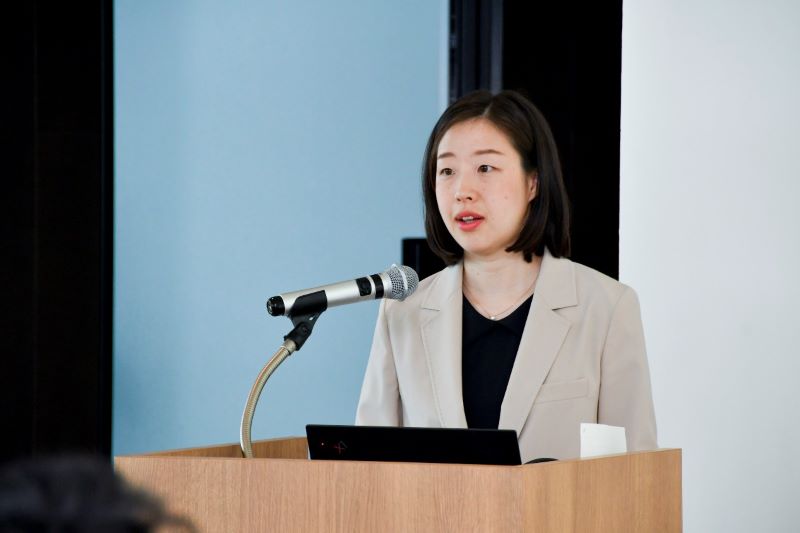

Junko Miyamoto, Green Building Japan (hereinafter referred to as “Junko”):
Azabudai Hills, like Toranomon Hills, has achieved LEED v4 ND Plan Platinum certification. Could you share the background behind obtaining LEED ND certification for two projects consecutively?
Mariko Murata, Mori Building Co., Ltd.(hereinafter referred to as “Mariko”):
Azabudai Hills, and Toranomon Hills Station Tower (4th tower of Toranomon Hills)opened in 2023. From the planning stages, we recognized that LEED certification aligned closely with Mori Building’s urban development philosophy. As a globally recognized standard, LEED promotes high levels of environmental and social performance, which we believed would effectively communicate our development approach to an international audience.
Junko:
Despite its location in a business district, Azabudai Hills features 24,000 square meters of green space, including an orchard, making it a true urban oasis. How have users responded to this? Additionally, developers usually aim to maximize rentable space. Were there any internal disagreements about dedicating such a large area to greenery and open spaces?
Mariko:
Our planning was deeply rooted in understanding the essence of the city. We began by positioning a central square, then strategically placed buildings in the surrounding areas. This approach allowed us to create a substantial green space, featuring a 6,000-square-meter Central Green.
All stakeholders—offices, commercial facilities, and residential buildings—agreed that creating a vibrant environment was essential for urban development.
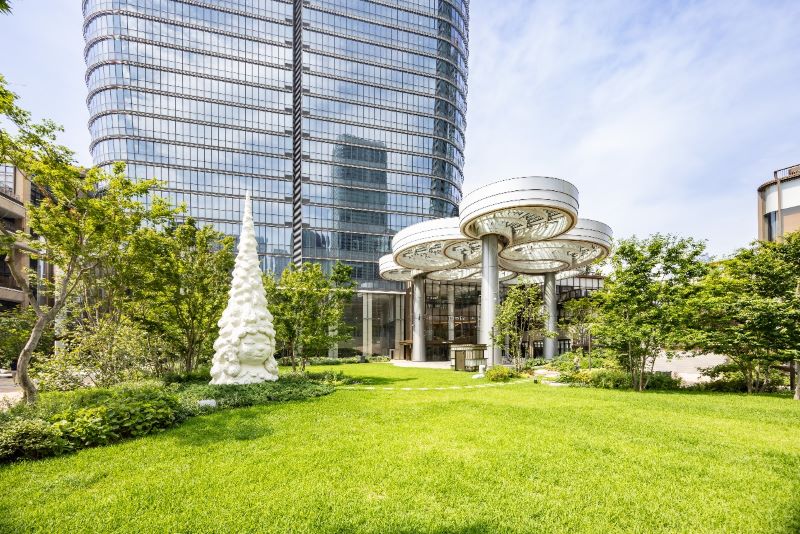
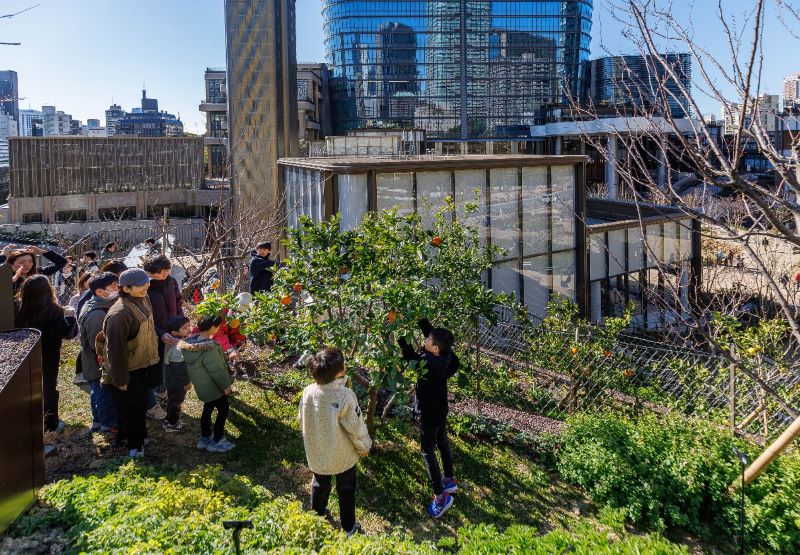
Junko:
Given the uneven terrain and elevation differences at Azabudai Hills, what were the advantages and challenges in achieving LEED ND certification?
Mariko:
The site’s varied elevation allowed us to integrate natural water flows and features, preserving much of the original landscape. We also conserved the adjacent slope greenery of Hachiman Shrine, creating a hub for biodiversity. These efforts were recognized in the LEED certification process.
Junko:
What challenges did you encounter when pursuing LEED certification for Azabudai Hills?
Mariko:
One challenge was reconciling the differences between domestic and global standards. Some LEED credits, such as “Water Efficiency,” “Ventilation,” and “Smoking Areas,” lack specific criteria for Japanese developments, which required case-by-case consideration. However, many of these standards aligned with our philosophy, motivating us to pursue a high level certification.
Junko:
Your commitment to achieving such a high-level certification is commendable. Was the decision to pursue LEED driven by the need to attract foreign investment and tenants?
Mariko:
By obtaining internationally recognized LEED certification, we believe we can enhance our appeal to foreign tenants and improve our competitiveness. We’re confident it will attract both foreign companies and environmentally conscious tenants, while fostering collaboration with community partners in the district’s future operations. Additionally, Japanese tenants also place significant value on LEED certification.
Junko:
While many companies understand the importance of environmental protection, cost concerns often lead to hesitation. Yet, Mori Building prioritizes sustainability, investing heavily in environmentally responsible practices. Could you elaborate on this?
Mariko:
We view environmental efforts similarly to public art. While there are initial costs, they create immense long-term value. We see these efforts as upfront investments we are willing to make, with one of our key goals being to make Tokyo a globally distinctive city that stands out among others.
Junko:
As a Tokyo resident, I deeply appreciate that your designs consider not only your company’s needs but the well-being of the city as a whole. We look forward to covering more of Mori Building’s projects that seamlessly blend nature and urban development. Thank you very much for your time today.
日本語版はこちら

